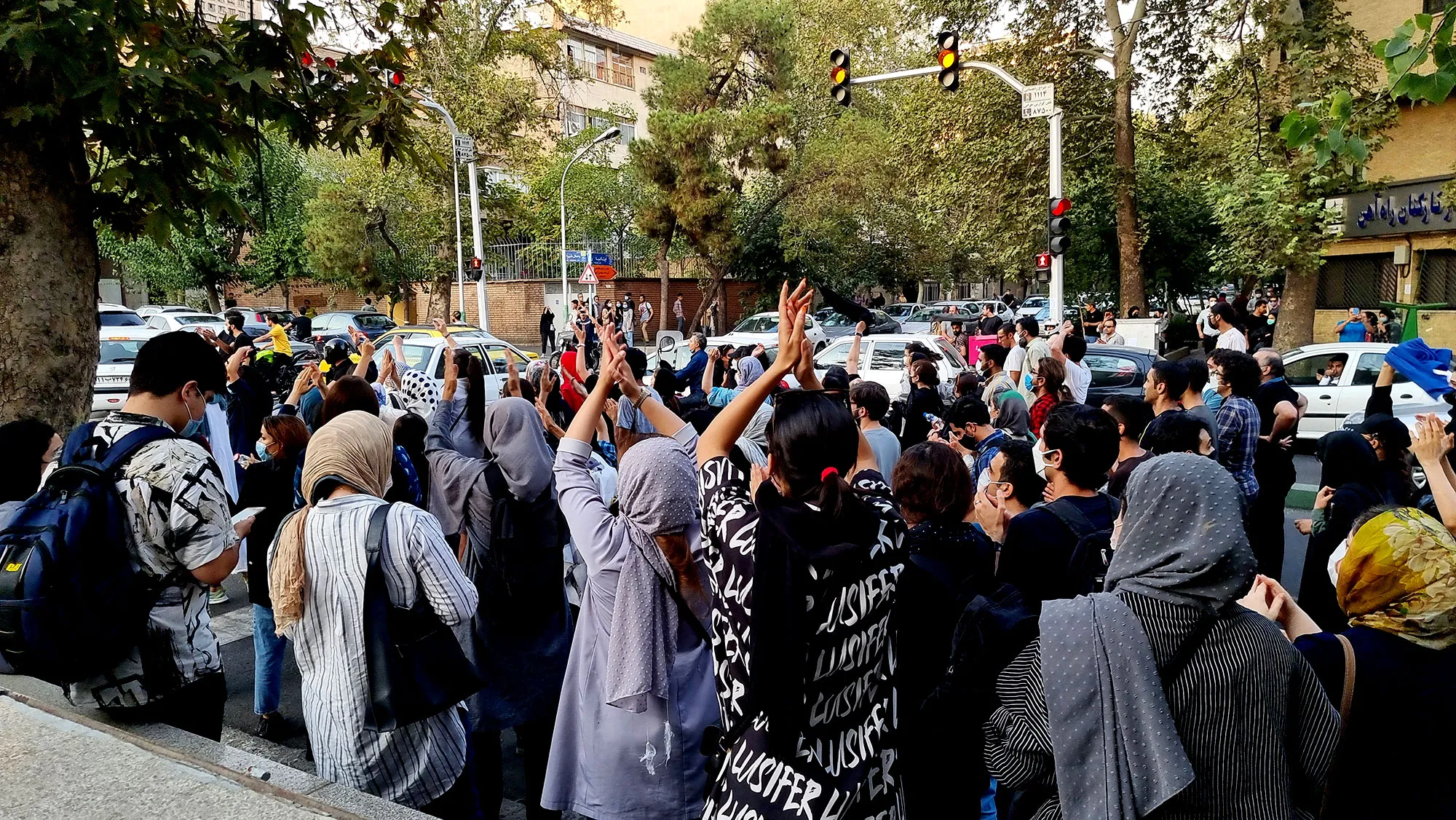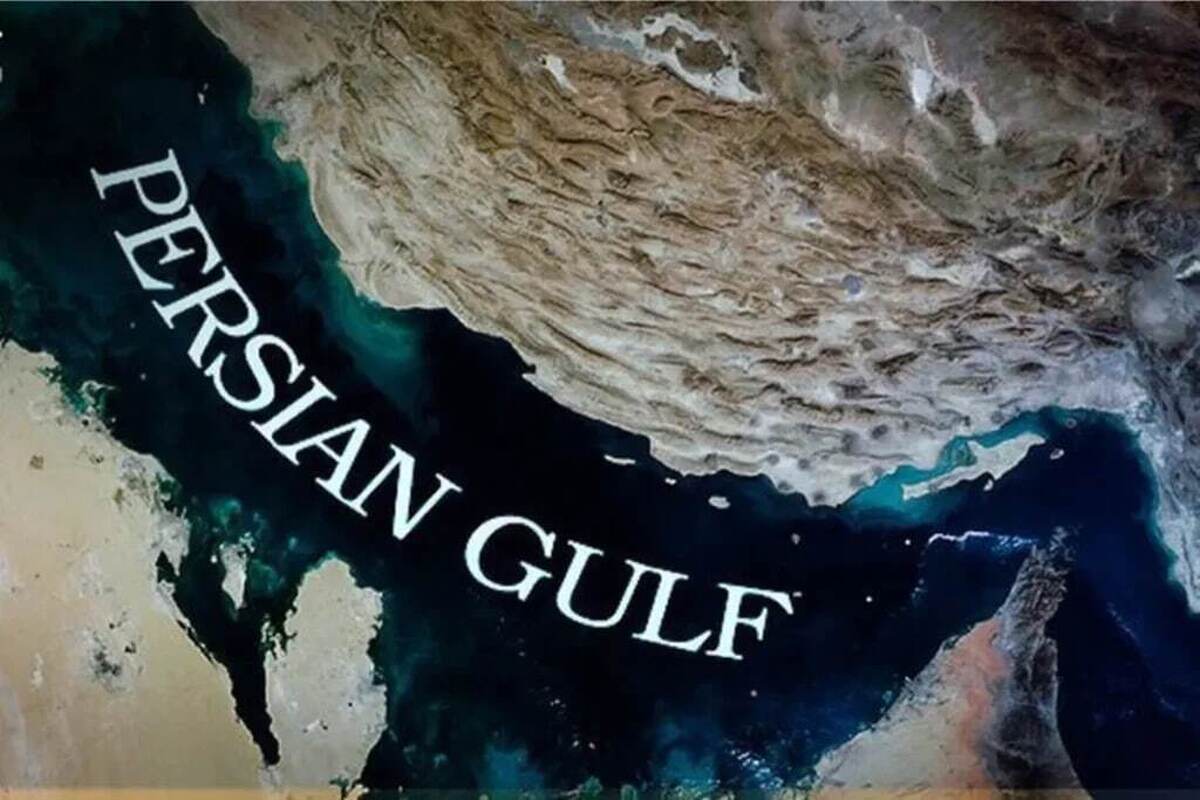
“WOMAN, LIFE, FREEDOM”: IRAN’S PROTESTS ARE A REBELLION FOR BODILY AUTONOMY
Mahsa Amini’s death while in the custody of Iran’s “morality police” is spilling forth the language and tactics of a feminist revolution with reverberations in movements like #MeToo and the fight for abortion rights.
#MahsaAmini was the call to action. The senseless violence and absurdity of her death—a 22-year-old who died in a coma after being arrested for allegedly wearing her headscarf improperly in Tehran—was both ordinary and extraordinary. While Iranian authorities claim that Amini died due to a preexisting medical condition, it was the ordinariness of the violence of Iran’s so-called “morality police” and security forces that struck such a nerve for women and young people. It was also the ordinariness of Amini’s veil and how modest she looked in comparison to the norms of veiling in Iran’s urban centers. And yet, it was the extraordinariness of the death of a young woman with a whole future in front of her, apparently for a piece of cloth that the state has mandated Iranian women wear for almost 40 years that has enraged people, bringing them into the streets.
When Mahsa Amini (her real name, chosen by her ethnically Kurdish family—Jina—could not be officially registered under Iranian law) died on September 16, 2022, Iranians from all walks of life—across genders, socioeconomic background, geographic location, social position—spilled out in protest. As of this writing, the state has killed more than 70 protesters, per a human rights group, and imprisoned an as-of-yet-unknown number of Iranians. It is almost certain the government, led by President Ebrahim Raisi, will continue to kill and repress to “restore order.” Nonetheless, more and more women openly flaunt compulsory hijab on the streets of cities and towns across the country as the days pass. Young men are on the streets fighting alongside young women who daringly stand up against security forces shooting live ammunition and metal pellets, according to Amnesty International.
Iran’s misogynistic laws and the structural violence at the heart of the country’s political state was first resisted by Iranian feminists in 1979, in the throes of a victorious popular revolution that had elderly cleric Ruhollah Khomeini at its helm. Groups of women bravely chanted “Down with Khomeini” only three weeks after he had returned from Paris to Iran and declared a desire to institute compulsory veiling for the new revolutionary state. Since then, Iran’s myriad women’s movements and huge demographic changes have been a constant thorn in the side of the political establishment. Although the Islamic Republic is riddled with laws that restrict and criminalize women and queer rights, the state allocates vast resources to enforce compulsory veiling on a daily basis in streets, schools, and government buildings.
In 2017, Vida Movahed, a young Iranian woman, staged a silent, solitary protest in the middle of a crowd on Revolution Street in Tehran. Climbing on top of a utility box, she took her veil off, tied it to a stick, and waved it as a flag, instantly going viral on Iranian social media. Uncoordinated copycat protests took place by several young women. These women became known as “the Girls of Revolution Street.” Current protests have been accentuated by women taking off their headscarves and dancing publicly (also illegal for women in Iran) while throwing the fabric into bonfires. They have continuously enacted joy, a radical act for a society marred by increased repression.
Still today’s protests mark a turn in Iranian history—where previously mass movements mainly rallied around calls for the downfall or death of political leaders, the cries in Amini’s honor go beyond destruction, calling for a future predicated on life. At Amini’s funeral and subsequent protests in her native Kurdistan province, in northwest Iran, mourners cried out a Kurdish slogan for women’s liberation: “Woman, life, freedom.” Its recording and circulation on social media quickly spilled out onto the streets and became a national demand. This movement calls for an ushering in of a feminist imaginary that builds toward freedom with women at the helm. The crux is a fight for the autonomy to make choices over one’s body—a point that today resonants with feminists around the globe.
This connection between Iranian women’s uprising and the increase in laws curtailing women’s choices in places like the United States, India, and Afghanistan is no accident. Activists, artists, and young people around the world have readily articulated these ties to one another as they urge each other to share posts about the uprising and keep #MahsaAmini trending. Global supporters link the uprisings in Iran with their own fights including restrictions on reproductive rights, the curtailing of trans rights, the banning of books in schools on gender and sexuality studies, and the forceful unveiling of women who choose to veil. For millions of women and young people around the world, the threat or reality of living under increasingly stringent “gender laws” has created the urgency of a global fight against patriarchal control over bodies.
As important as this uprising is to Iran—and it is unprecedented in Iranian history—it is proving to be a crucial articulation for millennials and Gen Z bursting into global consciousness against power and domination. With traditional global media outlets more concerned with the war in Ukraine, the impending economic crisis in Europe, and the myriad other catastrophes facing the world, it has been mainly young people on Instagram and TikTok, and also Twitter and even Reddit—more traditionally associated with male users—who have helped this movement go viral and capture the world’s attention. Iran’s uprising has struck a chord with women and young people around the world who face the encroachment of conservative movements, cultures, and laws built on the suppression of women and queer folks.
Members of the millennial generation were at the helm of the first era of movements broadcast and cocreated on social media, including Iran’s Green Movement, the Arab Spring revolutions, Occupy Wall Street, and Black Lives Matter. In the past five years, members of Generation Z have joined and added new energy to build popular uprisings against the fundamental structures that uphold those in power and that are endangering the planet. Each of these movements have given millennials and Gen Z new language and art for identifying structures of power: #OWS ushered in language for a critique of corporate capitalism and vast economic inequality; #BLM globalized the understanding that anti-Black violence is at the heart of the western project; #SaveSheikhJarrah laid bare the violence Palestinians live with on a daily basis and mainstreamed the notion of Israel as an apartheid, settler-colonial state; #MeToo and #NiUnaMás unmasked the fear and silence patriarchy demands for its continuation.
#MahsaAmini is spilling forth the language, visual art, and tactics of a feminist revolution that centers life and creation instead of despair; freedom instead of control; and, the hope for new futures instead of resignation and passive acceptance of the status quo. “Woman, life, freedom” poses an alternative that is radical at its core to patriarchal power worldwide. Today’s street rebellions may or may not “succeed” in toppling the regime or changing the laws—but that is almost beside the point. The challenging of structures of domination that have existed for millennia requires imagining that things can be otherwise and an audacity to refuse to comply. The uprisings over #MahsaAmini have already unleashed the example of suspending fear (even if momentarily or in spurts) to confront patriarchal power.
It is only fitting that it’s Iran’s feminist revolution and the country’s young generations that are on the front lines of battles for bodily autonomy and sovereignty. For four decades, Iranian women and queers have borne the brunt of a political system predicated on their subjugation through daily policing and criminalization. They’re now showing the world—despite the severe repression and potential death they face—how to fight back, like feminists.
Source: Vanityfair



